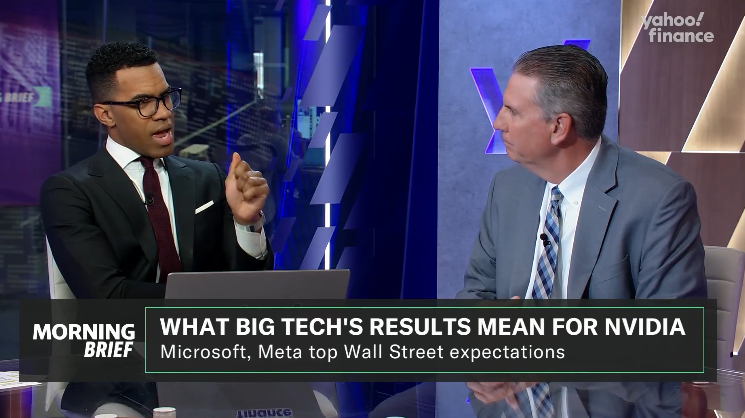
Navigating a Complex Economic Landscape

Global equity markets finished lower for the week. In the U.S., the S&P 500 Index closed the week at a level of 5,580.94, representing a decline of 1.52%, while the Russell Midcap Index moved down 1.66% last week. Meanwhile, the Russell 2000 Index, a measure of the nation’s smallest publicly traded firms, returned -1.6% over the week. Developed international equity performance and emerging markets were also lower, returning -1.46% and -1.74%, respectively. Finally, the 10-year U.S. Treasury yield moved higher, closing the week at 4.25%.
The Conference Board reported last Tuesday that U.S. consumer confidence plunged to the lowest level in more than four years in March, with households fearing a recession in the future and higher inflation due to tariff concerns. The index fell to 92.9, which was 1.4% lower than the consensus estimate.
New orders for manufactured durable goods in February increased $2.7 billion or 0.9% to $289.3 billion, the U.S. Census Bureau announced on Wednesday. This result marked two consecutive monthly increases and followed a 3.3% increase in January. Excluding transportation, new orders increased 0.7%. Excluding defense, new orders increased 0.8%. Transportation equipment, also up for two consecutive months, led the increase with a gain of $1.4 billion, or 1.5%, to $98.3 billion.
It was also reported last week that real gross domestic product (GDP) increased at an annual rate of 2.4% in the fourth quarter of 2024, according to the third estimate released by the U.S. Bureau of Economic Analysis. As a reminder, real GDP increased by 3.1% in the third quarter, so clearly economic growth is starting to slow. Compared to the third quarter, the deceleration in real GDP in the fourth quarter primarily reflected downturns in investment and exports that were partly offset by an acceleration in consumer spending, as imports also dropped.
We also learned last week that the Federal Reserve’s key inflation measure; core personal consumption expenditures price index (PCE) rose more than expected in February, while consumer spending also posted a smaller-than-projected increase, according to the Commerce Department’s report on Friday. Core PCE showed a 0.4% increase for the month, the biggest monthly gain since January 2024, putting the 12-month inflation rate at 2.8%. Economists surveyed by Dow Jones had been looking for 0.3% and 2.7%, respectively. To put these figures into perspective, the Federal Reserve also recently raised their forecast for Core PCE to end 2025 at 2.8% from 2.5%
In our view, the U.S. economy is currently navigating a complex landscape marked by mixed signals. While consumer confidence has plunged to its lowest level in over four years, reflecting fears of a recession and inflationary pressures from tariffs, there are pockets of resilience. Durable goods orders have shown unexpected growth, signaling strength in manufacturing, and real GDP increased at an annual rate of 2.4% in the fourth quarter of 2024, driven by consumer spending, though forecasts for Q1 2025 real GDP have been lowered recently. Inflation also remains a concern, with the Federal Reserve’s key measure rising more than expected in February. These dynamics underscore the challenges facing policymakers and businesses as they strive to balance growth and stability in an uncertain environment.
Investors will also learn more this week about the extent of certain potential reciprocal tariffs from the Trump Administration on April 2nd. Best wishes for the week ahead!
Equity and Fixed Income Index returns sourced from Bloomberg on 3/28/25. Consumer Confidence data is sourced from The Conference Board. Durable Goods data is sourced from the U.S. Census Bureau. GDP data is sourced from the U.S. Bureau of Economic Analysis. Core personal consumption expenditures price index data is sourced from The Commerce Department. Economic Calendar Data from Econoday as of 3/28/25. International developed markets are measured by the MSCI EAFE Index, emerging markets are measured by the MSCI EM Index, and U.S. Large Caps are defined by the S&P 500 Index. Sector performance is measured using the GICS methodology.
Disclosures: Past performance does not guarantee future results. We have taken this information from sources that we believe to be reliable and accurate. Hennion and Walsh cannot guarantee the accuracy of said information and cannot be held liable. You cannot invest directly in an index. Diversification can help mitigate the risk and volatility in your portfolio but does not ensure a profit or guarantee against a loss.



